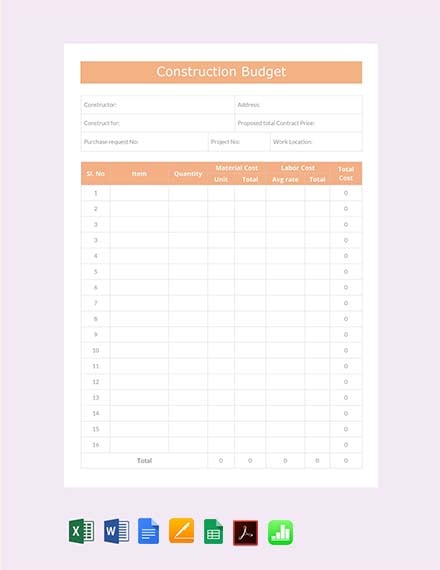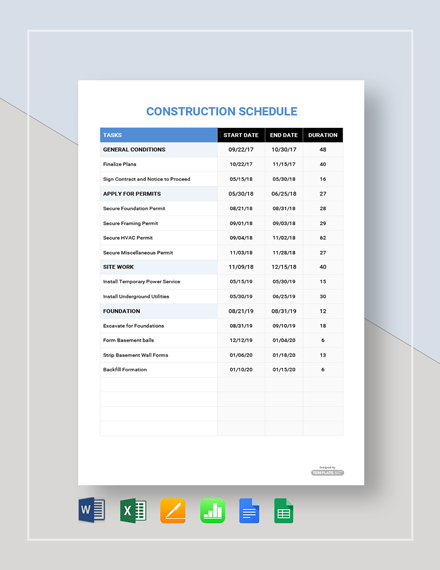

In order to check the vision of a person, options use charts. Eye Exam Chartĭownload “Eye Chart Template 20” (26 KB) Charts Commonly Used By Opticians So, what are the other charts used by opticians for vision screening purposes? Let’s find out. Talking about Snellen chart, it is one of the charts commonly used by opticians to test the vision of the person. However, other tests may be performed to confirm whether or not you need glasses. Your optician can use a Snellen chart to determine whether or not your need prescription lenses if you have difficulty seeing. For example, you need to be a distance of twenty feet to read something that a person with a normal vision could read from forty feet away if you can read the line labeled 20/40. The side of the chart contains numbers that show how far a person with normal vision could be to read that line on the chart. Generally, the eye doctor or optician will determine your visual acuity by the smallest row of letters that you can see clearly. Once one eye has been tested, the same process will be repeated with the other eye and then with both eyes uncovered. The optician will ask you to begin at the top and work your way to the bottom. Once everything is in place, the optician will ask you to cover one eye and lead the letters on the chart aloud.

In case the office of the optician isn’t twenty feet long, the chart will be positioned behind you with a mirror placed on the opposite wall to replicate a distance of twenty feet. Typically, you will be asked to stand or sit twenty feet away from the chart during a vision screening or eye test. This includes a vision-screening test at the local DMV for a driver’s license. However, there are some where the eye test may take place. The test is generally performed in the office of the optician. The best way to find out whether or not you need glasses or contacts to improve your vision, the aforementioned chart is used during the initial screening phase of a routine eye exam. The chart has eleven lines of block letters and these letters decrease in size line by line. First developed by Hermann Snellen, a Dutch ophthalmologist, the aforementioned chart sets a standard for what a person with a normal vision can see from twenty feet away. During a routine eye exam, the first thing an optician/eye doctor does is test the vision of the patient using this chart.

Generally, an eye test or screening is performed with the help of an eye chart. The Eye test or visual screening measures your ability to see at various distances. With the basics of an eye test covered, let’s take a look at why and how an eye test is performed. On the other hand, if you wear glasses or contacts, the results will show whether your contacts or glasses prescription needs changing. If you don’t wear glasses or contacts, the results of the test will show whether you need them. After the test, a score is given to each eye. The minimum size of the letter that a person could see with a normal vision from six meters upto sixty meters is what the rows of letter correspond to. However, in some cases, both eyes are tested together. Generally, when testing one eye, the eye doctor/optician will ask you to cover the other one. Generally, during the test to measure visual acuity, the eye doctor will make person being tested sit at a distance of six meters from the chart. The chart used to measure visual acuity starts with a big letter at the top and then the letters start to get smaller row by row.

What is visual acuity? Measured using a special chart with rows of letter, visual acuity describes your ability to see detail with your central vision. Used to determine whether or not you need glasses, the aforementioned chart measures your sharpness of vision or visual acuity.


 0 kommentar(er)
0 kommentar(er)
